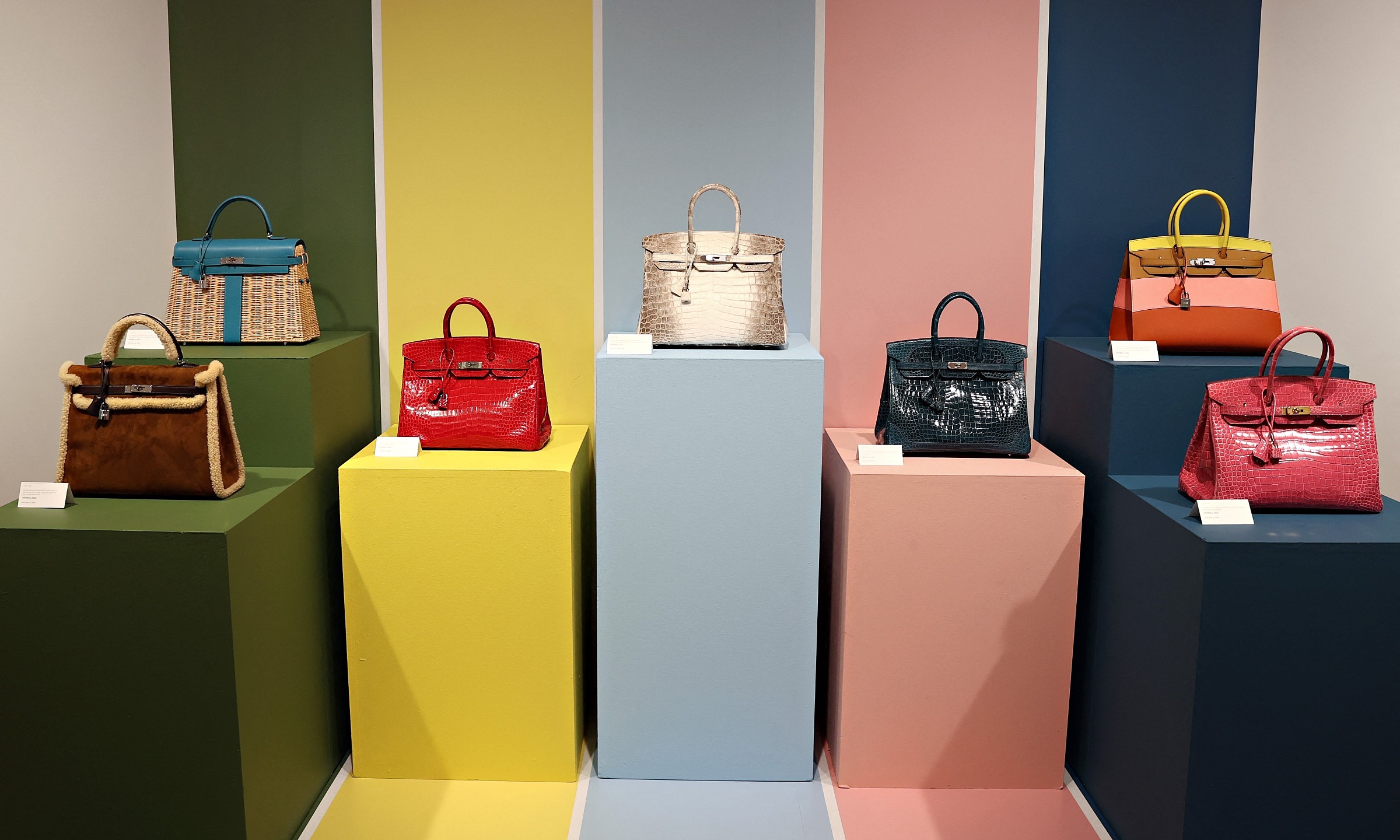The Growing Challenge of Counterfeit Luxury Goods
The luxury industry is facing an unprecedented challenge as counterfeit goods become increasingly sophisticated and difficult to detect. From high-end handbags to designer sneakers, the rise in fake products has forced brands and second-hand marketplaces to invest heavily in new methods to ensure authenticity. This growing problem affects not only businesses but also consumers, the environment, and the integrity of the entire fashion ecosystem.
At Vestiaire Collective, a leading platform for pre-owned luxury items, authenticators are constantly battling to identify counterfeits. With more consumers turning to the second-hand market for affordable designer goods, sellers have started listing rare and expensive pieces that were once exclusive to high-end auctions. Items such as a 125,000-euro Hermès Himalaya handbag or a 45,000-euro lapis lazuli Cartier watch now appear on online marketplaces, making authentication a critical step in the buying process.
In 2021, less than a third of the items Vestiaire rejected were flagged as fakes. Today, that number has risen to over half. The stakes are high, as the value of these items means that even a small mistake can lead to significant financial losses. The issue extends far beyond a single platform, as counterfeiting is a global industry worth an estimated $467 billion, according to the Organization for Economic Cooperation and Development.
The Broader Impact of Counterfeiting
The consequences of counterfeiting go beyond just economic losses. In 2023 alone, fake goods were linked to more than 260,000 job cuts worldwide, according to a report by Entrupy, a luxury authenticator. Additionally, environmental concerns are mounting, as 36.2% of counterfeit items tested contained hazardous toxins that can pollute soil, water, and air.
Counterfeiters are becoming more skilled, using materials from the same tanneries and suppliers as genuine products. Even seasoned experts find it harder to distinguish between real and fake items, especially in the handbag market. Alison Young, a master authenticator at Fashionphile, emphasizes the importance of attention to detail, such as stitching patterns and thread weight. For example, the interlocking “CC” logo inside a Chanel flap bag is a key indicator of authenticity.
Sneakers present a different challenge, as counterfeiters use feedback loops to refine their replicas. Vidyuth Srinivasan, CEO of Entrupy, notes that sneaker counterfeiters are surprisingly sophisticated, creating near-perfect copies that are hard to differentiate from the originals. Terms like “super fakes” and “line-for-line” have emerged to describe these highly convincing knockoffs.
Innovation in Authentication
To combat this growing threat, luxury resale platforms and brands are investing in advanced training and technology. Vestiaire Collective’s authentication academy in Tourcoing, France, requires new hires to complete at least 750 hours of instruction, focusing on material identification, construction techniques, and the latest counterfeiting tactics. Authenticators specialize in specific categories, such as handbags, clothing, or accessories, after two months of training.
Collaborations with luxury brands have also increased, with some brands assisting in complex appraisals or leading training sessions. In return, Vestiaire provides insights into counterfeit trends, helping brands stay ahead of the curve. Similarly, Entrupy uses artificial intelligence to analyze over 2,000 unique characteristics per image, enhancing the accuracy of its authentication process.
Brands like Chanel and Prada are also developing their own anti-counterfeiting measures. Chanel has replaced its traditional plastic authenticity cards with holograms and microchips, while Prada’s recycled gold jewelry now includes digital authenticity cards that allow buyers to verify the origin of each piece.
Consumer Perception and the Future of Luxury
Despite these efforts, questions remain about whether authenticity still matters to consumers. A 2019 report by INCOPRO found that nearly one in three U.S. consumers have bought fake goods online, either intentionally or unknowingly. At the same time, rising prices have led to frustration among luxury shoppers. According to HSBC, average luxury prices have increased by 54% since 2019, with some items seeing even steeper hikes.
This price inflation has caused some consumers to walk away, while others have criticized the quality of luxury goods amid reports of poor craftsmanship and unethical production practices. As a result, consumers are becoming more discerning, but counterfeiters continue to evolve at a faster pace.
The Path Forward
Restoring trust in brand authenticity will require innovative solutions, ethical production, and a commitment to responsible consumption. As the line between real and fake becomes increasingly blurred, luxury brands must work harder to justify their premium pricing through heritage, quality, and transparency. The fight against counterfeiting is not just about protecting revenue—it’s about preserving the integrity of the luxury industry itself.







